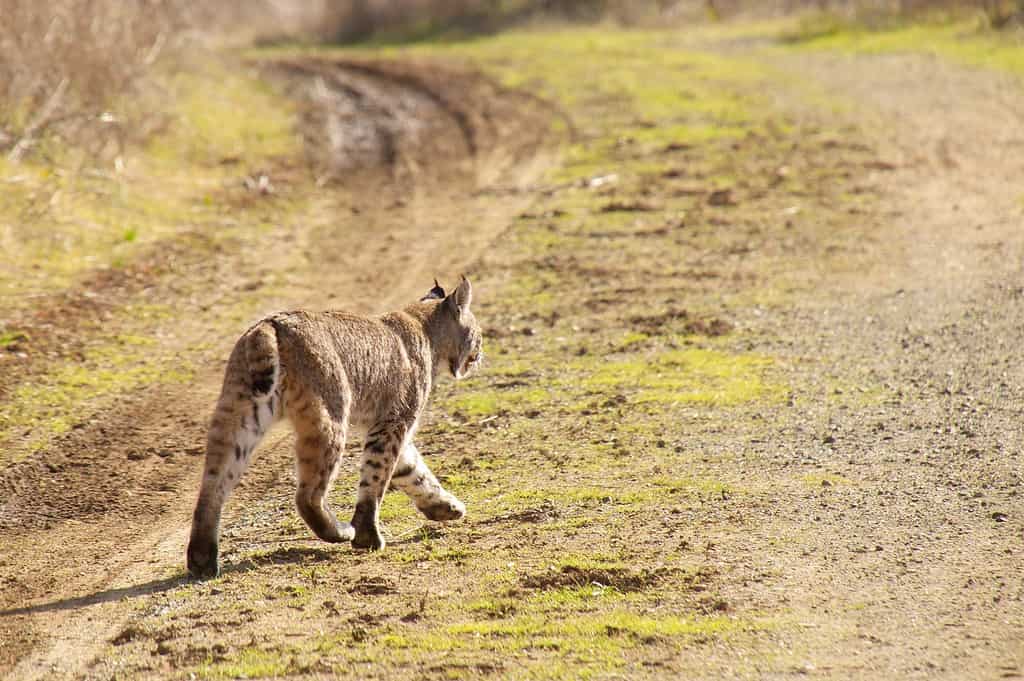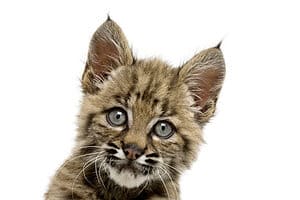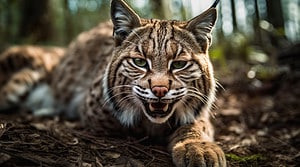When most people think of predatory cats, images of large predators like tigers and lions likely pop into their minds. While those are some of the most well-known, there are plenty of other wild cats, each with their own unique and awe-inspiring characteristics. For instance, bobcats are a common species known for their agile hunting ability and fluffy coat, all of which help them survive in the cold climate it lives in. Take a look at the video below which shows a bobcat sneak up on a flock of ducks.
Check Out The Entire Video Below!
The clip begins by showing a bobcat lurking in a sand dune on a golf course. For a moment it looks stuck, however, it becomes clear that it is slowly moving to sneak closer to a large group of unsuspecting ducks. After taking a moment to peer over the top of the dune, the cat begins to run in a full sprint.
In response, the birds begin to fly away in a frenzy of fear. The clip ends by showing the bobcat dragging away a duck, pleased with its successful hunt!
Bobcat Hunting Behaviors
To successfully hunt, bobcats have a few conspicuous features, such as sharp fangs and claws, powerful running muscles, and camouflaged fur. In tandem, these traits allow bobcats to sneak up on prey and quickly pounce when they are close enough for a kill.
As shown in the video below, one common behavior exhibited by bobcats is sneaking. When they spot prey from far away, they will get low to the ground and shuffle until they are close enough to pounce.
Pouncing is another skill that bobcats excel at. Whether it’s pouncing down from a tree or across rough terrain, they can close great distances by leaping toward their prey.
Lastly, they are also able to quickly climb trees, usually in pursuit of birds or other agile prey.
How Do Bobcats Adapt to Live in Urban Environments?

Bobcats tend to stay away from human-populated areas. Thus, they keep their home ranges as close to forested areas as possible.
The natural range of bobcats incidentally coincides with ever-growing human populations. Not only does this mean that people experience more bobcat sightings, but it also means that bobcats have had to adapt to their new urban environments.
Generally speaking, they will tend to try and stick close to somewhat rural areas, even if they are near humans. For instance, natural water features, or forests that are packed into cities are common places where bobcats may roam.
It is common to see bobcats such as the one in the video below hunting for birds on golf courses. This is because they are usually relatively open areas with little development that foster a lot of wildlife.
Likewise, they also tend to avoid features such as roads and large buildings, as they are unfamiliar and usually have less available prey.
The photo featured at the top of this post is © Chris Desborough/Shutterstock.com
Thank you for reading! Have some feedback for us? Contact the AZ Animals editorial team.







